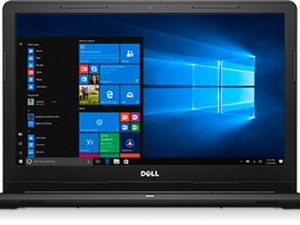I am currently doing it (Dell 15” Inspiron 3567 i3 7th gen):
Difficulty depends on your experience with cloning drives and mechanical disassembly of electronics.
Considerations:
-In order to do it, you will need to disassemble the computer, at this point if you have considered a RAM upgrade I would do it at the same time (I am installing matching 16GB modules for a total of 32 GB of RAM)
-Today, SSD prices are much lower than in the past, making buying an equal size or larger SSD hard drive much more financially accessible. Most free cloning software (including that is part of Windows 10) require the target (SSD) drive to be the same size or larger. If you have an SSD that falls within this constraint just about any freeware program will allow you to clone the drive prior to disassembly. Once cloned, the drive should be tested by booting the system to the drive while plugged into the USB. You will need a 2.5” sata enclosure that can connect to the laptop (i.e. via USB).
-If your SSD is smaller than the drive currently installed in the laptop. A program called “DiskGenius” will allow you to clone to a smaller drive (This is what I did). I tried a few other “free programs” and am used to Mac OS environments where my skills in terminal allow me to clone drives without the need for additional software. I am not sure if that is a real option in Windows 10.
There are a number of tutorials on cloning the drive with DiskGenius. I found that in order to successfully clone the drive with that software I needed to do the following:
-Connect the drive
-Choose Clone from the drop down menu, choose the source and target drives
-Click on the “bootable/OS” partition on the drive map for the target (SSD) drive and right click, make sure “Keep Size” is checked (ignore the other partition sizes of the target volume)
-I attempted the “Hot Clone” multiple times and it failed every time. Allow “DiskGenius” to restart WinPE and clone the drive (~75 GB of real data/OS/Programs took ~1 hour to transfer). Do not choose to “Migrate” the OS, this also resulted in failure. The WinPE “Clone” booted perfectly.
-Once the clone is complete. Reboot the system with the SSD still connected to the USB and press F12 (I tapped f12 repeatedly) while booting. This will take you to a BIOS/Boot menu. The USB source should be in the list of available sources.
-If it is not, reset the BIOS options to factory settings and try again (this is what I needed to do).
Hope this helps, I know it took me a few hours to figure out how to approach it and a few more to figure out how to execute and succeed.

 1
1  1
1 
 971
971 